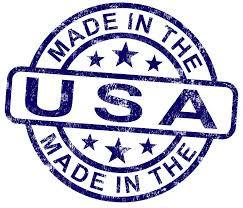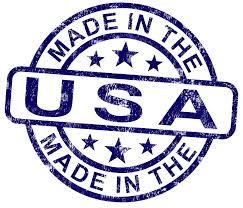We hear it every day – it seems like nothing sold in stores is made in America anymore. And it’s true that U.S. retailers take a global approach to sourcing in order to bring American families the products they need at the prices they can afford.
But that doesn’t mean everything retailers sell has to come from overseas. And that’s why NRF, the world’s largest retail trade association, joined up last month with Walmart, the world’s largest retailer, to hold the first-ever U.S. Manufacturing Summit in Orlando. The summit brought retailers together with U.S. Commerce Secretary Penny Pritzker, eight governors, economic development officials from 36 states and CEOs from companies like General Electric, Chobani and Hampton Products to find ways for the retail industry to sell more goods manufactured right here in the United States.
We’ve been thinking about this issue for a while. You may recall that in January, Walmart chose NRF’s Big Show to announce its initiative to sell an additional $50 billion in U.S.-manufactured products over the next 10 years.
In recent years, rising labor, energy and shipping costs around the world have caused a shift in sourcing that is making the United States a more attractive place to manufacture the goods retailers sell. Retail is in a special position to lead as our industry already supports one in four U.S. jobs and $2.4 trillion in GDP. When our industry makes changes, it has a big impact.
Domestic sourcing creates good jobs with good pay for workers who will spend more in our stores, benefiting retailers of all kinds. Many retailers have already begun seizing these opportunities, and dozens more are anxious to know what’s possible.
Take Brooks Brothers, which bought a plant in Massachusetts several years ago and now makes 70 percent of its suits there. Employment at that factory has increased from 300 to 475 workers. Brooks Brothers also makes all of its ties in New York and 15 percent of its shirts in North Carolina.
Look at Apple. It will be “onshoring” some of the assembly process for its Mac Pros at various locations throughout the south. And GE is investing $1 billion through 2014 to revitalize its U.S. appliance business and create more than 1,500 U.S. jobs.
Retailers of all sizes want to make this endeavor to renew American manufacturing a lasting and powerful one. They are not waiting — they are acting, and looking to do more. This is good for retailers, manufacturers, consumers and — most importantly — the long-term strength of our nation’s economy. This movement represents retail at its best, and we’re proud to be part of it.


